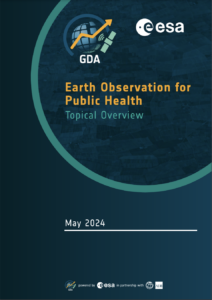It is unclear what inclusivity looks like in crowdsourcing for development. A number of questions remain: How is it defined? How, to what extent, and in what contexts can it occur? Who is included? This chapter seeks to improve our understanding of inclusivity in crowdsourcing activities for international development. This includes deepening our knowledge of the enabling conditions that make a certain activity more inclusive than another, as well as the challenges faced.
To explore these questions, this chapter examines the premise of inclusivity of crowdsourcing initiatives through an analysis of seven projects that either researched or operationalized crowdsourcing (HarassMap;1 Peaceful Truth and Una Hakika, both run by the Sentinel Project;2 Cuidando do Meu Bairro (CMB), two microwork projects with DIRSI3 and LIRNEAsia, and one with iHub on the analysis of Twitter in Kenya). Three highlights emerge in this chapter regarding inclusivity in crowdsourcing in the Global South:
•Inclusivity in crowdsourcing is relative—it is defined in different ways by different project owners and as a result, operationalized in different ways at different stages.
•Inclusivity in crowdsourcing is influenced by a number of factors, the key being the vision and strategy around the initiative.
•Inclusivity can happen indirectly and tangentially—for example, through intermediaries.
The chapter begins with an overview of the key terms used throughout: namely, crowd-sourcing and inclusivity. Next, it introduces Sharma’s (2010) framework for crowdsourcing success, which we then apply to analyze the seven initiatives. Finally, we conclude with the problematization of inclusivity that we encountered in the crowdsourcing projects.





